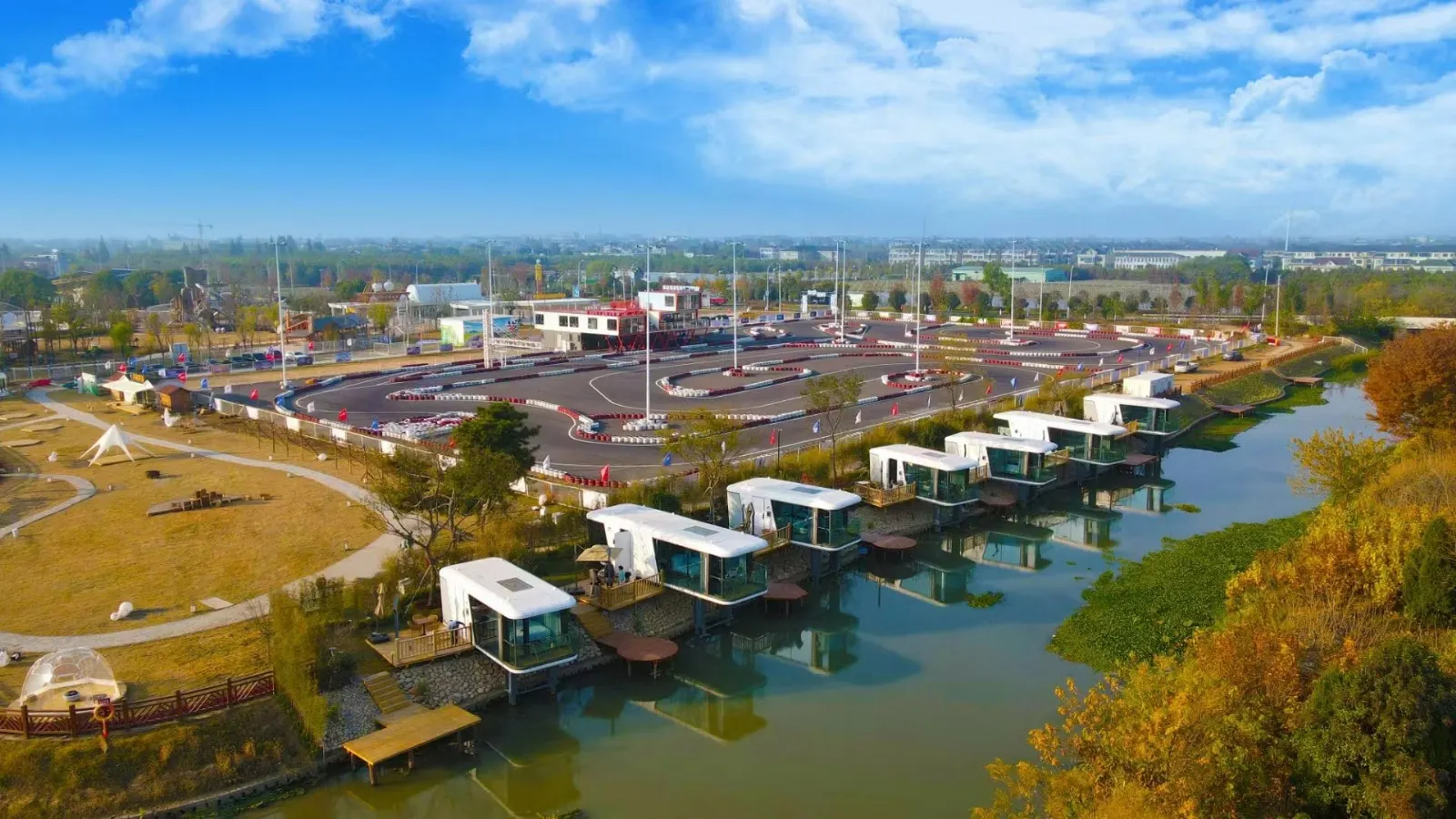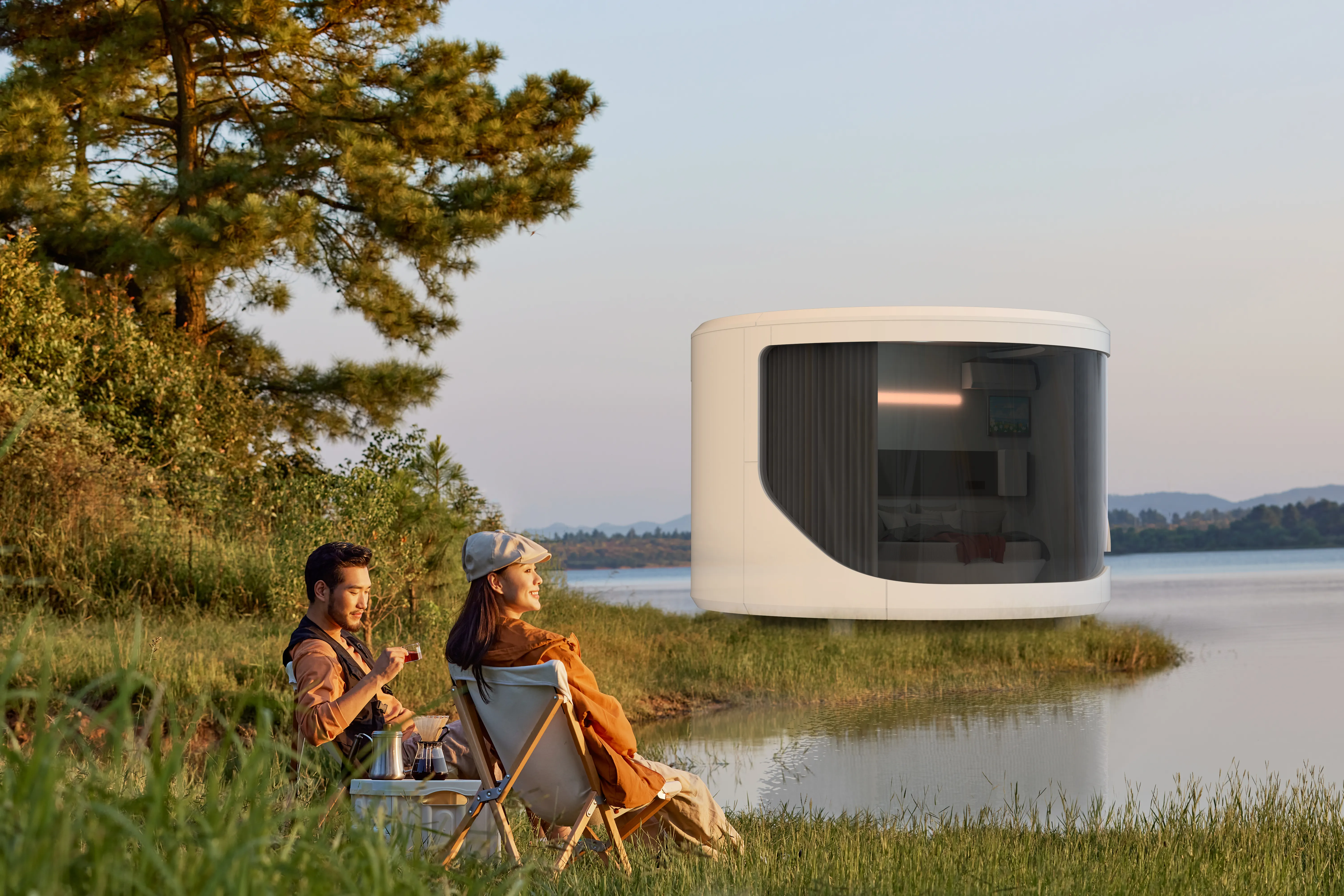If successful, it may spur more developers pivot to fast-growing elderly demographic
The pilot project to create a private assisted-living development for seniors in Parry Avenue could be a game changer If successful, it may spur more developers to pivot toward the fast-growing elderly demographic in Singapore. Building independent assisted-living private apartments for seniors has yet to catch on here. The Parry Avenue government tender site garnered just I bur bids from three developers, which seems a muted responseThis is partly because such projects call for specialized experience in presiding cider care services, which limits participation to niche players. There are also development risks arising from high land acquisition and healthcare costs and uncertainty over revenue projections since the market is still untested, said Ms. Huey Ying, head of research and consultancy at LL Singapore. Nonetheless, Singapore's fast-ageing population presents both challenges and opportunities for the local property market. There is an obvious need for more affordable assisted-living facilities, with around one in four Singaporeans expected to be 65 years of age or older by 2030. This will rise to almost one in two by 2050. By 2030, approximately 3,000 seniors will live alone, and about 100.000 seniors will require assistance with at least one activity of daily living, such as bathing, walking, or eating, according to the Ministry of Health. As Singapore's population ages, more people, especially those with little or no family care support, may look to mortgage their homes to finance their stay in retirement homes that offer access to assisted living services and other amenities. For the mass affluent population, private senior living developments could plug the gap between public community care apartments (CCAs) and the prohibitive costs of ageing in place at home, said Mr. Lam Chem Woont, head of research and consulting at Edmund Tie. The Parry Avenue site will be an important test bed for private assisted-living homes, said a spokesman for ERA Realty. As the site is located in the Kovan area near landed residential housing, elderly property owners there could opt to sell or rent out their homes to fund their retirement as part of the Parry Avenue project, ERA said. And conditions set for the Airy Avenue site, including disallowing land and strata subdivisions and setting the age limit at 65 years and above for residents, would help prevent a repeat of what happened with The Hillford. Built on a 60-year leasehold government land sales site, the 281-unit Hillfbrd project was marketed as a retirement village. But without any age limits or regulatory safeguards in place, younger buyers flocked to invest in the development, as the 60-year lease made units cheaper. The lessons have been taken on board in the private sector. In the public sector, the government is already stepping up senior care initiatives with two pilot public-assisted living flats, or CCAs, in Bukit Baiok and Queenstown and a third one in Bedokt, where approximately 200 such apartments will be opened in 2023 to seniors aged 65 and above to help them age in place independently. More such projects are in the works. The CCAs integrate senior-friendly housing with care services that can be scaled according to seniors changing care needs while also enabling social bonding. Prices for the Bukit Bacok project start from S40.000 for a 15-year lease to S65.OOO for a 35-year lease. While there has been an enthusiastic reception from the Bukit Batok and Queenstown pilots, a key challenge will be striking the right balance between quality and cost for a similar development in the private sector. To get more developers on board and for such ventures to



